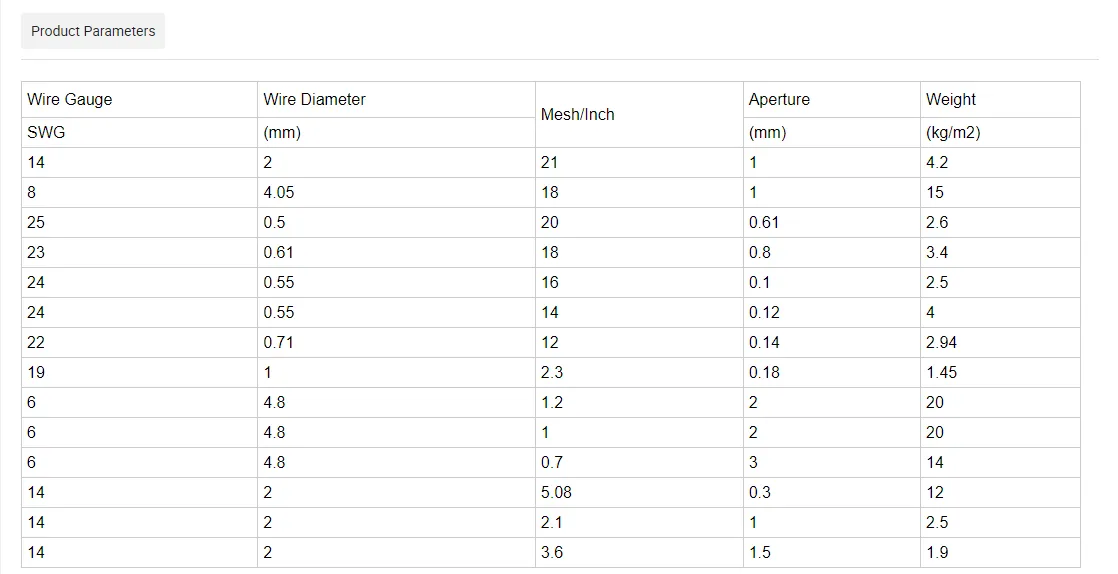Understanding Grating Stair Treads Safety, Functionality, and Aesthetic Appeal
Grating stair treads have emerged as a significant feature in modern architectural designs, particularly in commercial, industrial, and some residential settings. These uniquely designed treads enhance safety while also offering practical benefits in terms of maintenance and aesthetics. In this article, we will explore the importance of grating stair treads, their material options, installation considerations, and their role in enhancing both functionality and safety in various environments.
What are Grating Stair Treads?
Grating stair treads are stair components made from grating materials, which are typically constructed from metal or fiberglass. They consist of a series of bars that create a framework, allowing for drainage, airflow, and light penetration. These treads are designed to provide slip resistance, making them an ideal choice for areas prone to moisture or other hazardous conditions.
Safety Features
One of the primary reasons for implementing grating stair treads is to enhance safety. In environments where spills or moisture can accumulate, traditional solid stair treads can become slippery and hazardous. Grating treads, with their open design, allow water to drain through, reducing the risk of slip and fall accidents. Furthermore, the texture of grating materials often provides a superior grip compared to smooth surfaces, making them safer in both wet and dry conditions.
Material Options
Grating stair treads come in a variety of materials, each with its own set of advantages. Steel grating is commonly used in industrial settings due to its high strength and durability. It is resistant to heavy loads and impacts, making it suitable for areas with heavy machinery or foot traffic.
Aluminum grating is another popular choice, especially for environments where rust and corrosion are concerns. Aluminum is lightweight yet strong, making it easy to handle during installation. It also offers a sleek appearance, which can be advantageous in more aesthetically-focused applications.
grating stair treads

Fiberglass grating provides an additional option that is prized for its non-corrosive properties. This makes it ideal for environments exposed to harsh chemicals or moisture, such as food processing plants or wastewater treatment facilities. Moreover, fiberglass grating is available in a variety of colors and finishes, allowing for greater design flexibility.
Installation Considerations
When installing grating stair treads, several factors should be considered to ensure the safety and practicality of the stairs. The spacing between the grates is critical; it needs to be designed to prevent small objects, such as heels or tools, from falling through while still allowing for adequate drainage. Additionally, the edges of the treads should be properly finished to avoid sharp corners or protruding parts that could lead to injuries.
It’s also essential to follow local building codes and regulations, which may dictate specific requirements for stair safety, including tread depth and slip resistance standards. Engaging professionals for installation can help ensure compliance and optimal performance.
Aesthetic Appeal
In addition to their practical benefits, grating stair treads can also contribute to the visual appeal of a space. With advancements in design and manufacturing, grating is no longer just a functional element; it can also serve as a stylish feature. Many manufacturers offer grating options that can be powder-coated or finished to match the decor of the surrounding area. This versatility allows architects and designers to incorporate grating treads seamlessly into their spaces without sacrificing aesthetic quality.
Conclusion
In summary, grating stair treads play a crucial role in enhancing safety, functionality, and aesthetics in various environments. By understanding their materials, installation requirements, and design possibilities, building owners and managers can make informed decisions that benefit both their occupants and the integrity of their structures. As safety regulations become increasingly stringent, the adoption of grating stair treads is likely to continue growing, ensuring that every step taken on such treads is a step toward safety and security.
-
Turn Down the Noise: The Future of Highway Sound Barriers
NewsApr.09,2025
-
Silence the Sound: The Power of Highway Noise Barriers
NewsApr.09,2025
-
Reduce Road Noise Effectively with Highway Noise Barriers
NewsApr.09,2025
-
Noise-Free Living: How Highway Barriers Make a Difference
NewsApr.09,2025
-
Engineered for Silence: Highway Noise Barriers for Every Road
NewsApr.09,2025
-
Effective Noise Control: Highway Barriers for a Quieter Tomorrow
NewsApr.09,2025
Subscribe now!
Stay up to date with the latest on Fry Steeland industry news.

